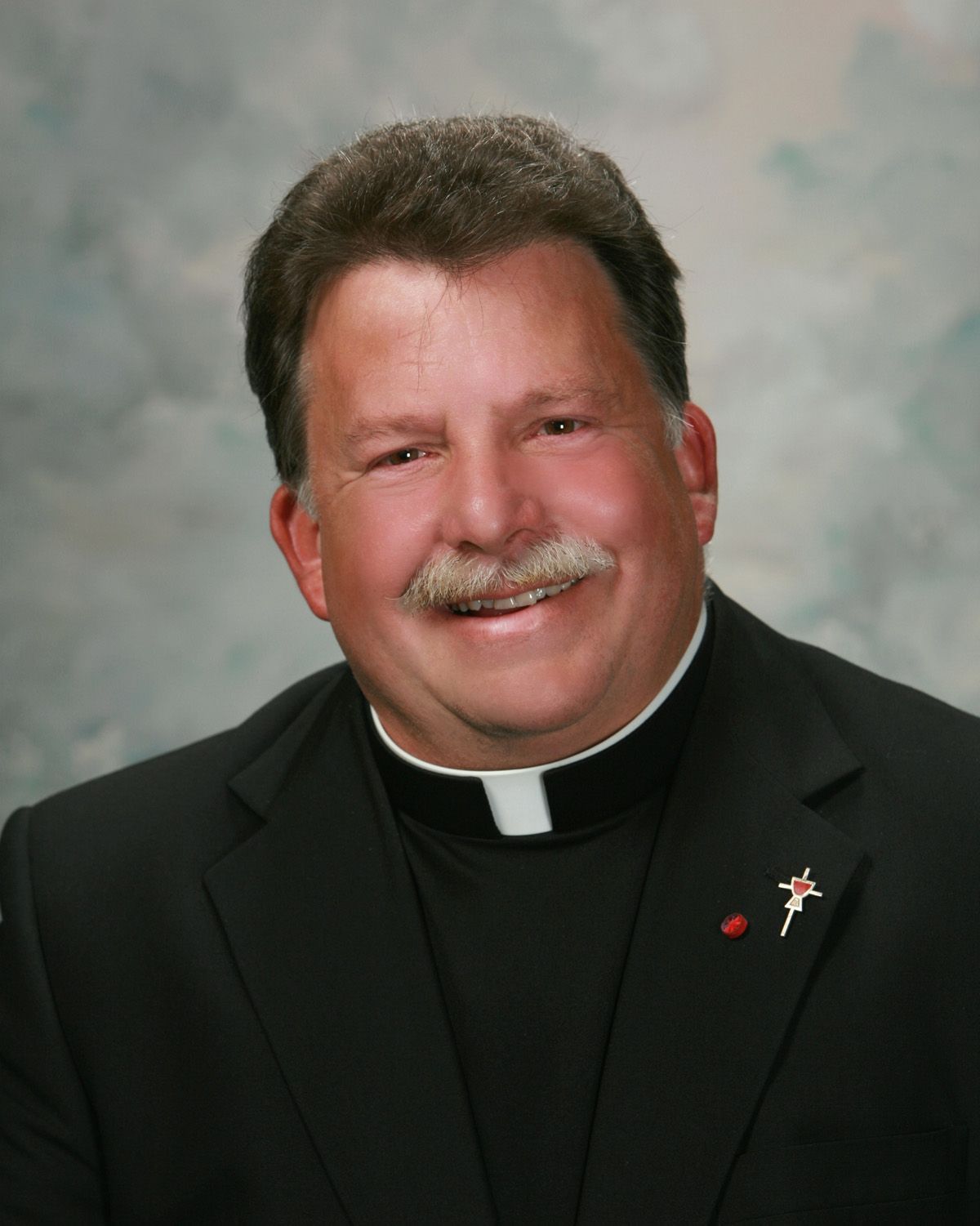By Fr. Tim McFarland, C.PP.S.
An elementary school teacher was telling her students the story of Jesus’ resurrection and what Easter was all about. Then to emphasize the idea of new life springing forth, she gave each of the children a large plastic egg. “Now,” she said to them, “I want you to take this home and bring it back tomorrow with something inside that shows new life.”
The next day the students returned with the eggs and the teacher began to open them. She came to one egg that was empty—she figured it had to be Jeremy’s so she just laid it aside. Suddenly, Jeremy spoke up. “Miss Miller, aren’t you going to talk about my egg?”
Flustered, the teacher replied, “But Jeremy, your egg is empty.”
He looked into her eyes and said softly, “Yes, but Jesus’ tomb was empty, too.”
The Gospel for Easter begins in emptiness and darkness, with a frightened and confused Mary, who finds an empty tomb. It continues with Peter and “the other disciple” probably not believing Mary and going to the tomb to find out for themselves. Arriving at the tomb they discover that Mary was right, and each sees for himself that the tomb was empty—Jesus was not there. The Gospel ends not with Easter faith but with lack of understanding. They will understand only at the end of the day when Jesus appears to them in the room where they were huddled together, afraid that they would be the next to die. Easter doesn’t begin with joy and clear insight. It begins in emptiness, darkness, fear and confusion.
Mary, Peter and John experienced disappointment upon disappointment, or so it seemed at first. But when they realized that the face cloth was separate from the other burial wrappings, a ray of hope and light pierced the darkness, never to be extinguished again. Rather, it was a ray of hope and light which was to grow in brilliance as Christ’s resurrection became known and its meaning understood.
I think this should be a consolation for us. I think this tells us that our own darkness and fear and confusion do not necessarily lead us to a dead end but can lead us in new ways. It tells us that, in ways that we may not fully understand, God is at work in our lives even when we might not be aware of it, or even when we think that God has abandoned us. I think it shows us the need to see with eyes of faith. The women and disciples really did not know what to make to the empty tomb. It is only later when they experience the presence of Christ among them, that they were able to make sense of the empty tomb. I think it tells us that, no matter what we may experience to the contrary, God never does abandon us. Light shines in the darkness and death does not have the final word. The tomb is empty—Christ is risen—ALLELULIA!
To view the full scripture reading, click here.
Fr. Tim McFarland, C.PP.S., is the parochial vicar at Immaculate Conception Parish, Celina, Ohio.


